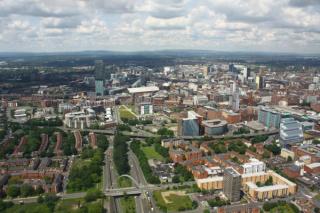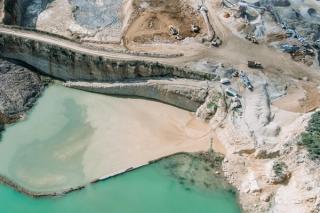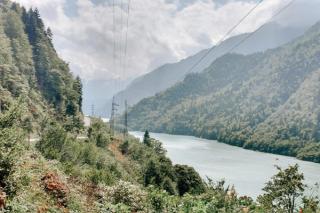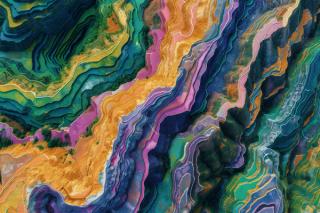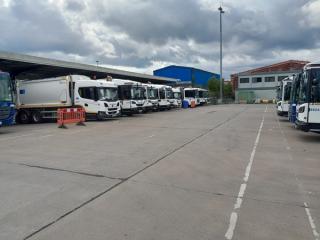
GIS & 3D Visualisation
GIS (Geographical Information Systems) is a computer-based system that is used as a way to capture, store, display and analyse data that has a geospatial reference. This allows us to visualise patterns, trends and relationships in the form of distinctive maps. We use GIS throughout our projects to analyse what makes sites and their context important to the people living in, using or developing them along with the value these places have for society at large. We take cognisance of these attributes within our designs and assessment of development.

Overview
The visualisation of projects in 2D and 3D is a fundamental aspect of many of our projects. The progress of our clients' schemes often relies upon our ability to effectively put across ideas. In addition, our ability to accurately depict proposed developments at the planning stage is fundamental to our landscape and visual impact assessment and expert witness services.
Get in touchGIS gives us the ability to map, model, query and analyse large quantities of data stored both outside of and within a relational database according to its geographical location. We can then assign a series of attributes to each spatial feature. This data is held within GIS as a collection of layers that can be linked together by a common location component, such as coordinates, postcodes, census output areas, government boundaries, etc. These layers can contain a variety of different types of data such as transportation networks, site infrastructure, economic activity, hydrology, ecology, population etc.
GIS spatial analysis techniques are utilised to add value to a number of landscape architecture, urban design and masterplan projects by allowing multiple data layers to be combined and queried, so the user can visualise and understand any trends, patterns or existing relationships quickly and easily. Such techniques include: landform and slope analysis, viewshed analysis, network analysis, proximity, area and density calculations.
GIS is of particular importance in the assessment of renewable energy and tall building applications through ZTV analysis and mapping of sensitive receptors. Cumulative assessment has also led to the development of a variety of techniques to illustrate the potential effects.
Complementing and extending SLR’s GIS offer is our team’s skill in providing 3D visualisations to our clients. Our skills in the preparation of highly accurate visualisations have developed over a number of decades. Our experience includes the visual materials for several hundred windfarm applications and we are involved in the development of Scottish Government guidance for the visualisation and assessment of the night- time impact of their aviation lighting.
Visualisations are prepared to support consultation and planning applications for projects as diverse as large-scale substations, mixed-use development, housing, solar farms, fish farms, port infrastructure, city centre buildings and wind farms.
Our 3D modelling and visualisations are prepared using a variety of different software and modelling techniques depending on the required outputs. These are used to inform the determining authorities, consultees and the public as to how a building or development could relate to its surroundings and to assess its potential influence on the surrounding environment. The accuracy of the imagery is often tested at Public Inquiry so we are highly aware of the need for robust outputs. We are continuously developing new methods of 3D presentation to keep up with the latest guidance and to improve the quality of our productions.
GIS & 3D Visualisation
-
Our services include
- Geospatial data management
- Spatial analysis
- Cartography
- Metadata maintenance
- 3D modelling
- Visualisations
GIS & 3D Visualisation Projects
Our Team Includes
-

Jonathan Salter
Technical Director GIS Lead
-

Lisa Anderson
Associate
-

Lynette Thomson
Associate
-

Steve Hannah
Associate
-

Stuart Forteath
Associate
-

Ryan Harrison
Senior Visualisation Specialist
-

Chloe Stone
GIS Consultant
Get in Touch
We're here to support you in Making Sustainability Happen. Get in touch for a collaborative discussion about what that could look like for your organisation.
Our locationsFill in the below form and we'll get you to the right place.

